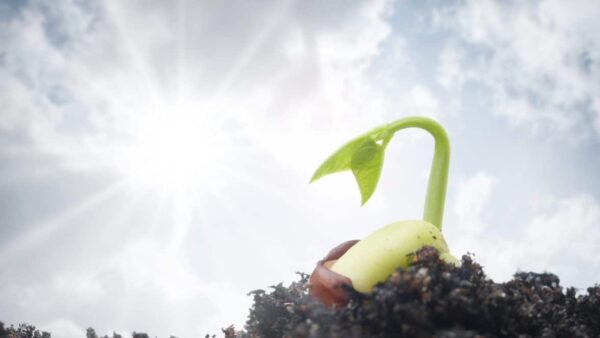Several recent developments are reshaping the seed industry landscape.
Welcome back after a long and — for some — a very cold winter. Spring is around the corner and farmers, growers and plant breeders have started to prepare their land and plots for the next crop.
I am happy to report that the first issue of European Seed was very well-received during its launch at the European Seed Association Annual Meeting. We have heard nothing but good comments, which shows that the magazine is clearly filling a niche. Many of you were waiting for a magazine to serve the European seed sector, but still keeping a watchful eye on the developments in the rest of the world. The fact that we are sending a hard-copy version to several thousands of addresses throughout Europe makes the magazine a useful and much sought-after conduit for sharing information and reaching out to a much broader audience. We are pleased to share with you that the magazine is being sent not only to seed industry stakeholders, but also to many key public sector and non-government organisations.

We have again put together an issue for you that is brimming with interesting stories on intellectual property, seed treatments, seed testing and the Nagoya Protocol, just to name a bit of what is covered in this issue.
Seed-applied technology is a highly efficient method of placing one or more crop protection products at the optimal location, on the seed, for the highest performance. However, experience has taught us that it is important to apply these products in an efficient way, following the manufacturer’s guidelines, and on top of that we must utilize good stewardship practices in all aspects of the product use cycle. Amalia Kafka of ESA sat down with European Seed and provided a deep background on the European Seed Treatment Assurance (ESTA) scheme. We will also hear from several users of the ESTA scheme as they share their experiences so far.
For those of you who have missed it, Oct. 12, 2014 was D-Day. That was the date on which the Nagoya Protocol entered into force. The Nagoya Protocol to the Convention on Biological Diversity (CBD) on “Access to Genetic Resources and the Fair and Equitable Sharing of Benefits Arising from Their Utilization” was adopted in Nagoya at the 10th Conference of the Parties of the CBD in 2010 and subsequently signed by 92 countries. It implements the third objective of the CBD, namely the fair and equitable sharing of benefits arising from the utilisation of genetic resources, by allowing appropriate access to genetic resources, generally referred to as access and benefit sharing or simply ABS. European Seed has asked leading experts about the matter and what it means for the seed industry.
As you become more familiar with European Seed you will see several recurring features. One of these is a spotlight on a regional or international organisation whose activities are having an impact on the seed sector in Europe. In Volume 1, Issue 1, we took a closer look at UPOV and its databases. In this issue, you will find an update on the International Seed Testing Association (ISTA) and its new category of Industry membership.
“The European seed industry is very diverse from forage to field crops…”
Another goal of the magazine is to feature developments occurring in a specific crop. The European seed industry is very diverse from forage to field crops, vegetable to ornamental crops, and in this issue we have given the honour to the tomato. We have asked several seed companies to share with us their latest innovations in this important crop.
Last but not least, together with the Polish Seed Association (PIN), we are taking a closer look at Polish agriculture and its seed industry as we look forward to the next ISF World Seed Congress, which will be held in Krakow in May. We look forward to seeing many of you there.
Marcel Bruins
editorial director, European Seed
mbruins@issuesink.com













